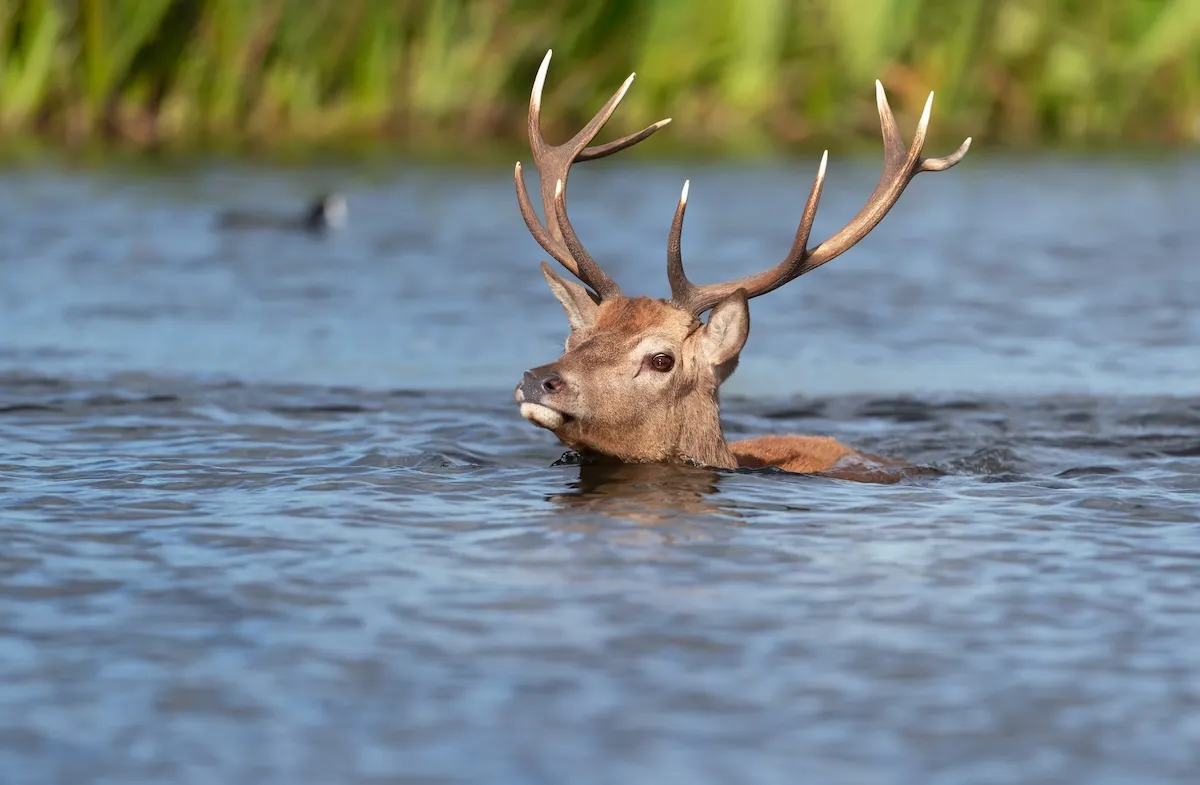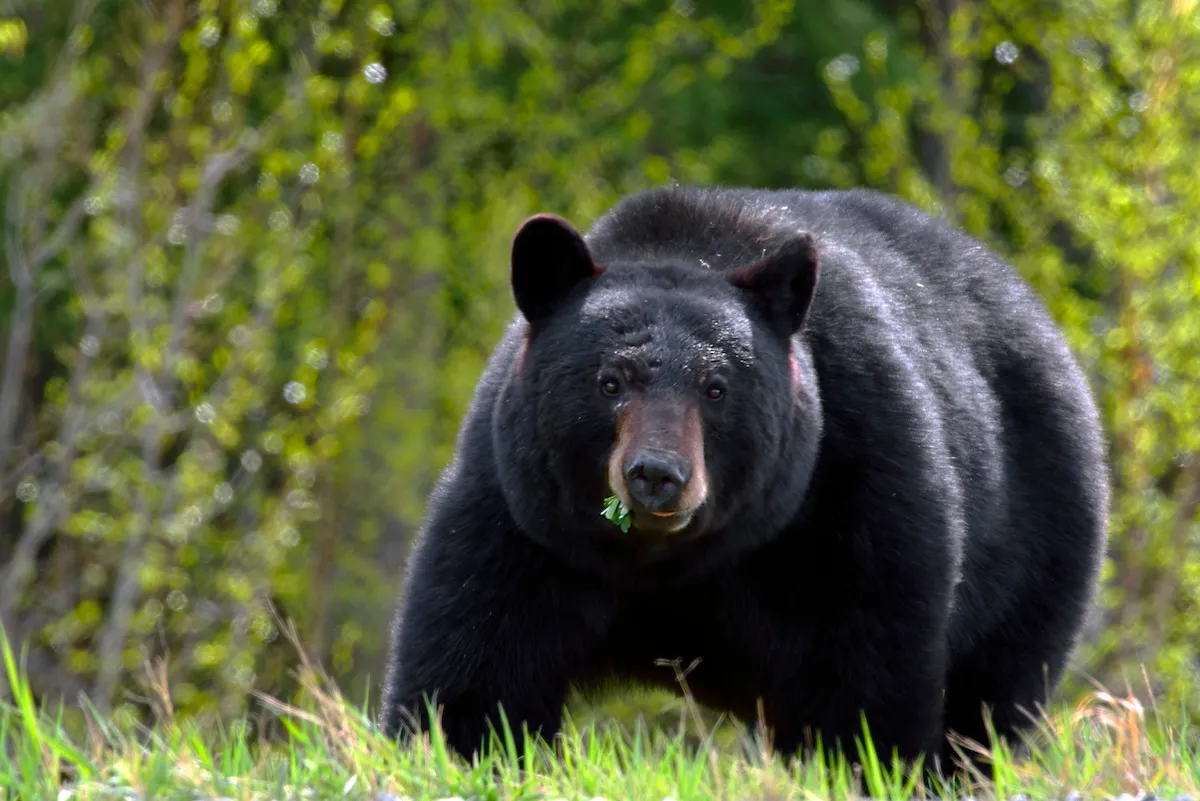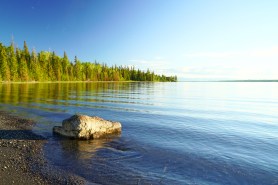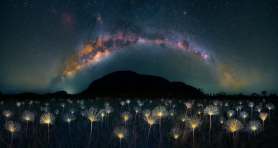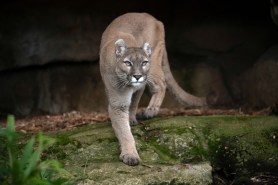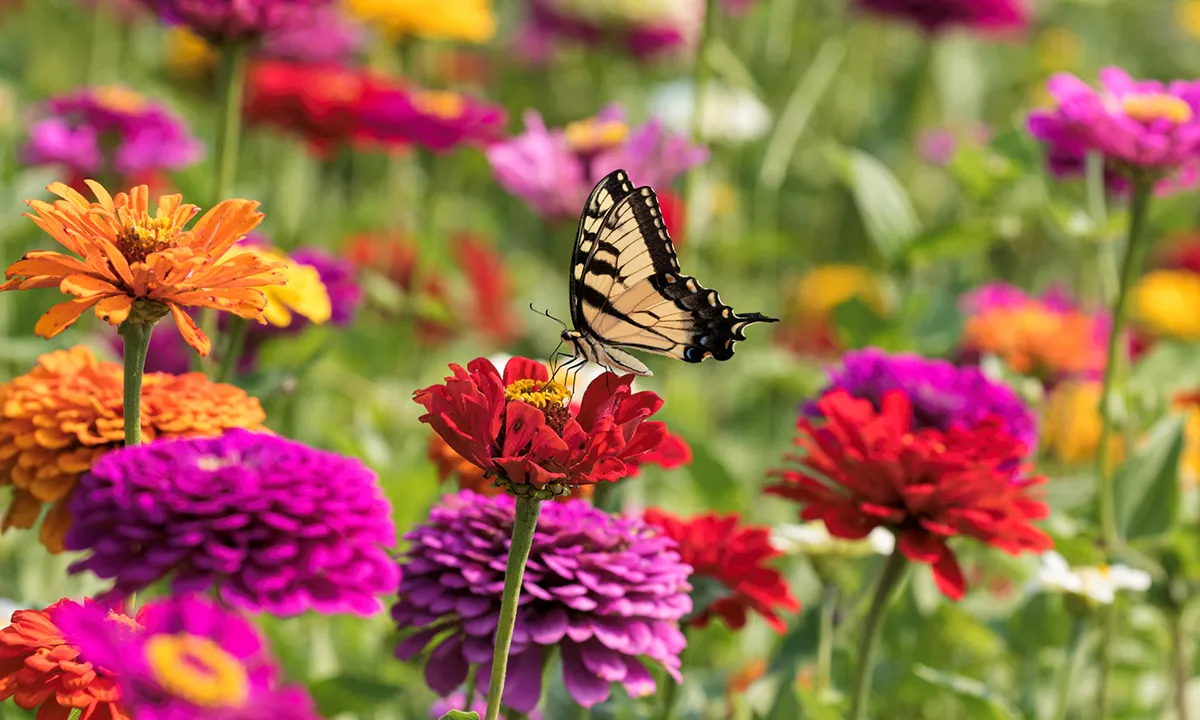

Gardening is good for the soul and the soil. It gets you outdoors year-round and off of screens. Besides the benefits of unplugging, gardening has numerous other positive aspects.
Videos by Outdoors
Let’s dig into a few reasons to have a garden in the backyard, especially one that supports pollinators:
- Lowers Anxiety and Stress Levels
Surrounded by pops of color, plants are known to boost mood. The rhythmic pattern of digging soil or pulling weeds lowers stress. “I’ve found that tending gardens is greatly beneficial to my mental space,” said Sage Coughlin-permaculture designer and herbalist. “I believe time spent tending the earth equals time spent tending to oneself,” the owner of Dirt Hearth LLC added.
- Promotes Physical Activity Outdoors
To have a good-producing and well-maintained garden takes time. Tilling up the soil, pulling weeds, adding compost—all these are things that require physical activity outside. It also helps you get your daily dose of vitamin D.
- Creates Routine
Whether you tend to the garden daily, a few times a week, or even once a week, it creates a routine. The structure is often good for people’s mental wellbeing. “I enjoy being a steward to the plants and the soil. I feel a sense of place and belonging when I can name the plants and learn their needs,” said Coughlin.
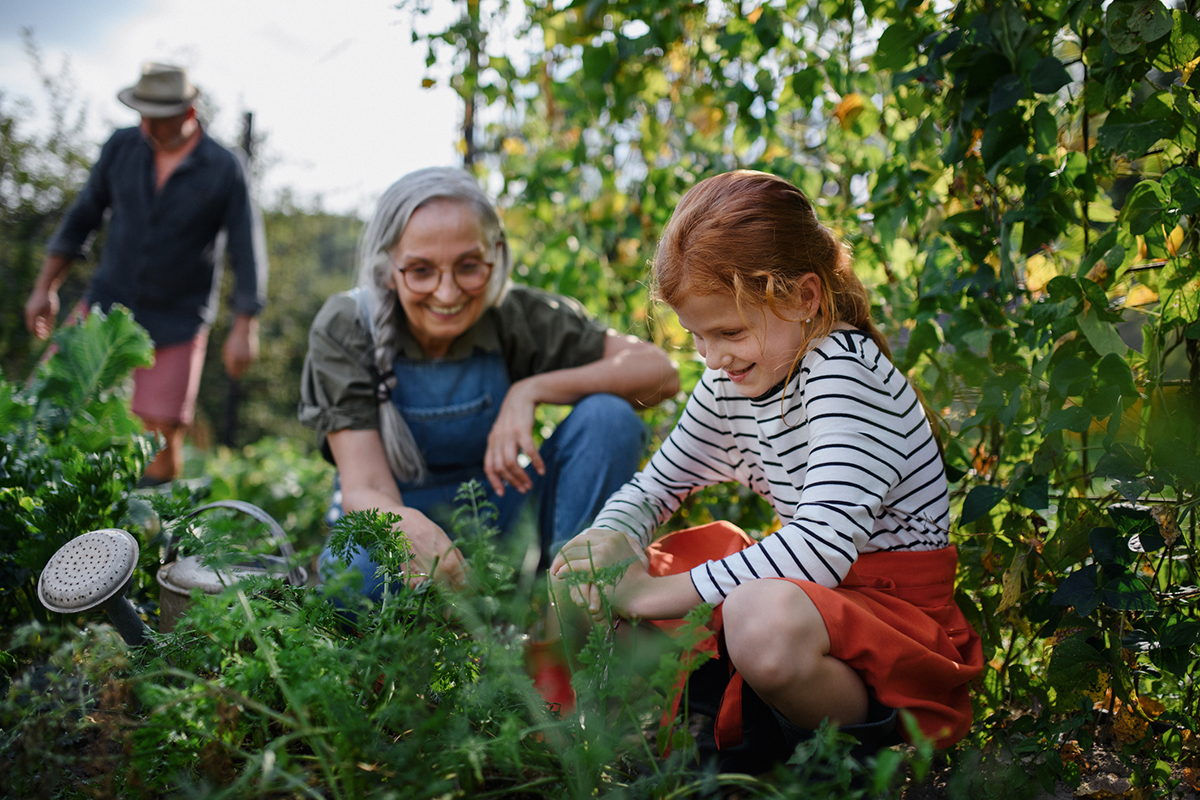
- Takes Charge of Diet
Growing a garden may help you take charge of your diet and lower grocery bills by growing food at home. There is satisfaction in knowing you grew food from seed and even sharing what you have grown with others (National Sneak a Zucchini on Your Neighbor’s Porch Day).
- Builds a Social Network
A garden, whether it’s in your backyard or it’s a community garden, can help create a social connection. You may become acquaintances with the garden experts at your local nursery or make new friends by joining an online gardening community. Local gardening events offer the opportunity to talk with like-minded people to trade tips, offer up seeds, and more.
- Demonstrates the Importance of Being Environmentally Conscious
Just a simple backyard garden or landscape can help maintain ecosystems. It also helps in the production of natural resources. Plants can help negate erosion by keeping unwanted material out of sewers, streams, and more. A garden is a source for clean air, adding oxygen and taking carbon dioxide out.
Attracting Pollinators
When it comes to gardening, it is specifically important to add pollinator plants to your landscape, including ones that attract butterflies and bees. According to Pollinator Partnership, “pollinated plants are responsible for bringing us one out of every three bites of food. Somewhere between 75% and 95% of all flowering plants on the earth need help with pollination; they need pollinators.”
While you don’t want your garden to require hours and hours of your time weekly, you want pollinators to be attracted to your landscape. “Pollinators must be treated as an esteemed guest by the gardener,” said Coughlin. “Especially within urban sprawl, pollinators require swaths of food sources. We can support this need by choosing aromatic, nectar-rich plants for our local pollinators and installing them in groups throughout the landscape.”
International and nativars plants (a term created by Allan Armitage, professor emeritus of horticulture at the University of Georgia for a cross between native plant species or between other nativars) may seem like the best option for a fruitful garden with their vibrant colors and robust smells. On the contrary, native plants are the most beneficial for building a pollinator garden. “Native varieties are preferable for many reasons,” stated Coughlin. “They are more resilient to environmental forces that may impact them.”
A symbiotic relationship exists between native insects and native plants in regions throughout the United States. Groups of native insects tend to pollinate with plants they are familiar with. Cultivars provide a good mix in for native plants, including those pollinators that aren’t as particular. Variety is the spice of life when it comes to attracting the most pollinating insects to a garden.

Here are some reasons native plants and herbs are better for pollinators, including bees and butterflies:
- Adapted to soil
- Suited to climate and growing season
- Drought-tolerant
- Resistant to disease
- Provide a specific species needed for native pollinators
- Require less maintenance
- Produce both nectar and pollen
Butterflies are attracted to vivid, bright colors—especially purple, yellow, and red. Open and flat blooms with shorter nectar tubes also help these pollinators. Some butterflies are only attracted to specific plants or herbs. The monarch caterpillar only feeds on milkweed, while black swallowtail caterpillars prefer to feed on herbs like parsley or dill.
Plants and herbs with big petals that grow in clusters provide more rest and easier access for bees and butterflies. Bees can’t see red, but the colors blue, white, purple, and yellow lure them.
With over 4,000 species of native bees (the honeybee not being one of them), the type of bee will determine what kind of plants are best for pollination. The tongue is what determines the blossoms they like. Bees with short tongues go for more flat petals, while ones with long tongues enjoy nectar in tubular-shaped flowers. No surprise, then, that big bees hover over big flowers, while smaller bees prefer smaller flowers.
Varieties will vary by state, but these are the top native plant species grown around the United States for bees and butterflies:
- Black-eyed susan (Rudbeckia hirta)
- Blazing star (Liatris)
- Butterfly weed (Asclepias tuberosa)
- Coneflower (Echinacea)
- Dill (Anethum graveolens)
- Marigold baileya pauciradiata
- Milkweed (Asclepias)
- Parsley (Aletes acaulis)
- Sage (Salvia ballotiflora)
- Snapdragons (Antirrhinum)
- Sunflower (Helianthus)
- Wild bergamot (Monarda fistulosa)
Besides a variety of plants, adding “extras” to your landscape can help bring more bees and butterflies to your yard—and get them to stay for longer periods of time. These additions to the garden can also provide more creature comforts for very important pollinators. Examples include bird baths or fountains, which provide hydration and a spot to take a break. Bee and butterfly houses also offer a safe space for rest and shade. Feeders can offer additional food for pollinators.
If you want more peace and connection to the earth, consider planting a pollinator-friendly garden or landscape. Not only will you receive mental and health benefits, but you will also help a fragile population of insects that we rely on for so many things, including food.
Do you have a pollinator-attractive landscape at home? What plants or herbs are your favorite to attract bees and butterflies to your yard?
